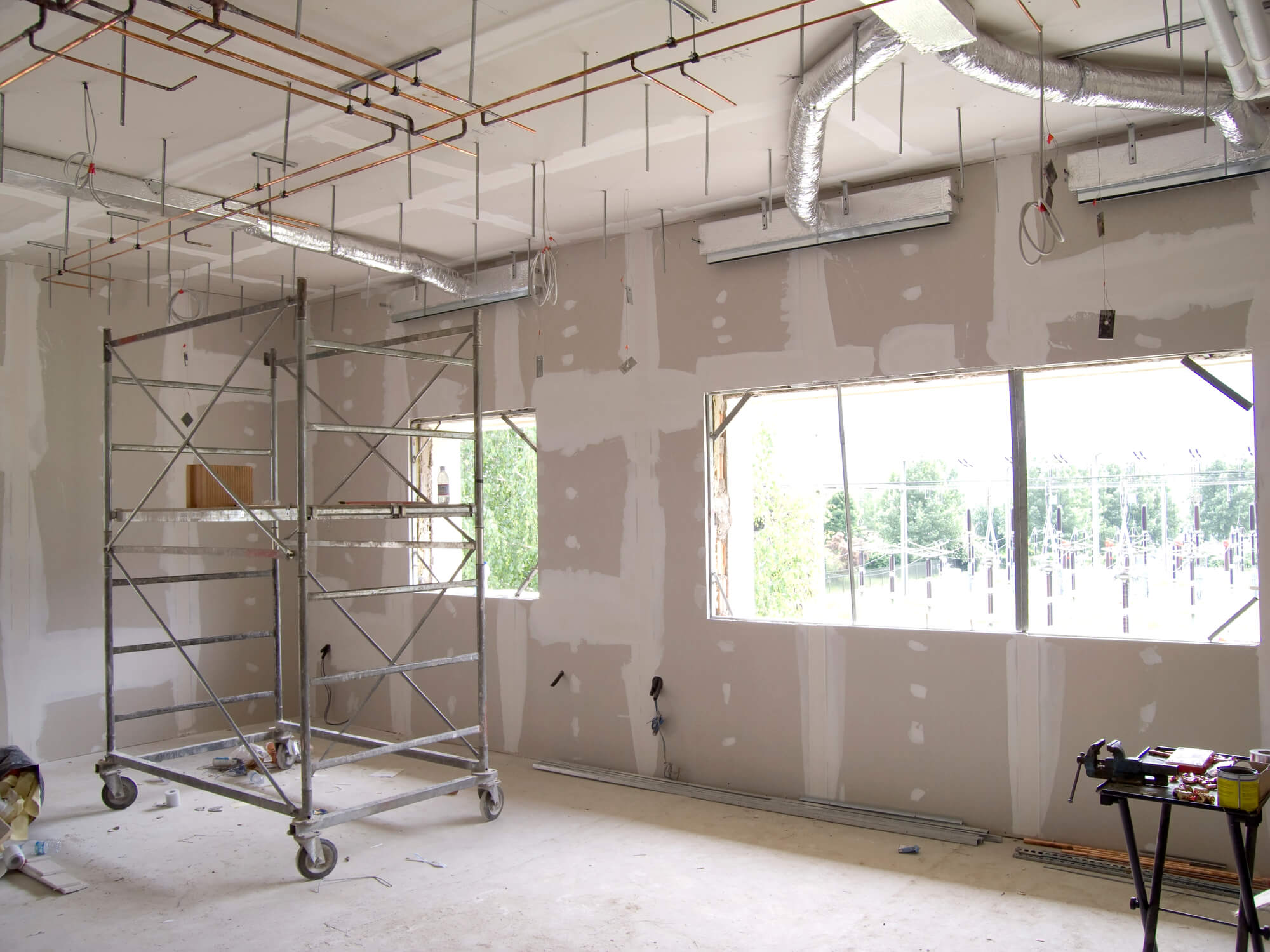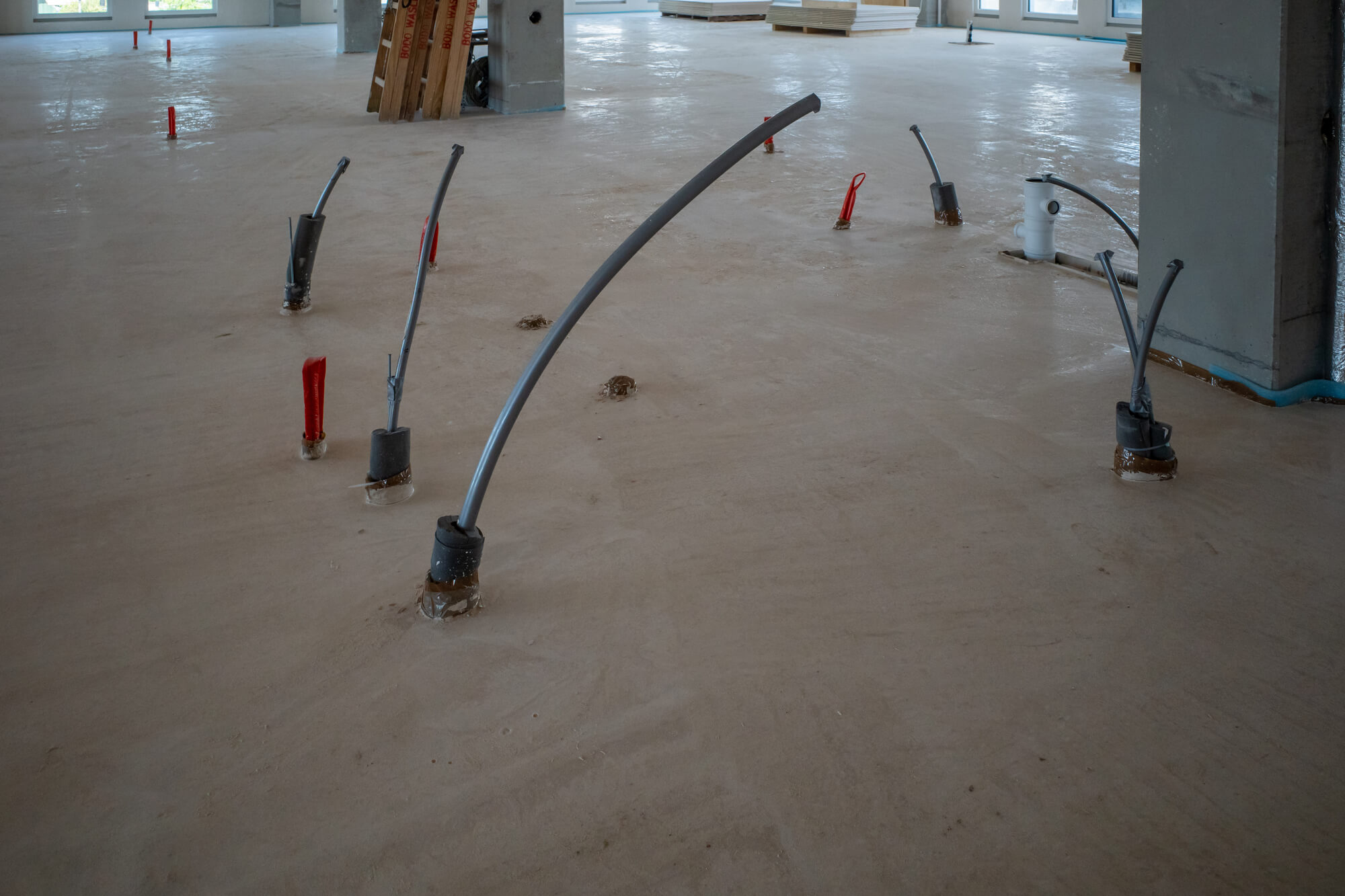June 30, 2024
Beyond Aesthetics: Combining Design and Functionality in Commercial Roofing
Many commercial property owners make the initial mistake of prioritizing aesthetics when
For large portfolio operators and commercial property multi-building managers, capital improvement projects are vital in maintaining and enhancing the value of their assets. These projects involve substantial renovations or additions that improve the functionality, aesthetics, and overall value of a property. Explore the construction phase of capital improvement projects, delving into the intricacies and expectations throughout the process.

Before initiating the construction phase of a capital improvement project, several essential tasks must be completed. For instance:
During the mobilization phase of the capital improvement project, the area is cleared by removing existing structures and debris and creating a clean and unobstructed space for construction activities. Temporary facilities, including offices, storage areas, and worker accommodations, are also established to facilitate on-site operations and promote efficient coordination.
In addition, safety measures are implemented through risk assessments, adherence to safety protocols, and regular inspections to identify and mitigate potential hazards and code violations.
Finally, effective communication channels are established among project stakeholders to ensure seamless information flow, while robust documentation processes are put in place to track project progress, change orders, and compliance with regulatory requirements.
These efforts during the mobilization phase contribute to a safe and well-organized construction site, setting the stage for a successful project execution.
The construction phase encompasses a wide range of intricate activities, each specific to the capital improvement project's nature and objectives. These are some examples within different sectors:
The construction phase is not immune to challenges and unexpected issues, and effectively addressing these obstacles requires a technical and methodical approach. Open lines of communication among all stakeholders are essential for promptly identifying and resolving issues. By facilitating clear channels of communication, project teams can ensure that information flows efficiently, allowing for timely problem recognition and resolution.
Collaborative problem-solving is also crucial in tackling unforeseen challenges. Encouraging teamwork and collaboration among project stakeholders enables the exploration of innovative solutions and the implementation of effective strategies. Additionally, being flexible and prepared to adjust the project scope in response to unforeseen issues is vital. This adaptability allows for proactive decision-making to maintain project progress within budgetary and timeline constraints.
By applying these approaches, construction teams can effectively navigate challenges and overcome unexpected issues, ensuring the successful completion of the project.
Collaborating with contractors is a crucial aspect of the construction phase, facilitating effective communication and ensuring alignment with project objectives.
Regular progress meetings are conducted to maintain open lines of communication and provide a platform for discussing project progress, challenges, and any necessary adjustments. Change orders and variations also play a significant role in managing modifications to the original plans, and they are addressed through formal change order processes. This involves documenting the changes, assessing their impact on the budget and timeline, and ensuring transparency and accountability.
In parallel, close monitoring of contractor performance is essential to ensure adherence to quality standards and contractual obligations. Any concerns or deficiencies are promptly addressed through clear communication channels and utilizing contractual mechanisms.
By diligently collaborating with contractors, construction projects can maintain a cohesive and efficient workflow, while addressing changes and ensuring high-quality outcomes.
Final inspections and necessary approvals are sought to validate the project's compliance with regulatory standards. A comprehensive punch list is compiled to address any remaining tasks or deficiencies. The handover and closeout procedures are also executed meticulously to ensure a smooth transition from the construction phase to subsequent project stages. These procedures involve organizing all necessary documentation, settling financial and contractual obligations, and ensuring that the project is ready for its intended use.
By conducting thorough final inspections, addressing outstanding tasks through a comprehensive punch list, and executing seamless handover and closeout procedures, project stakeholders can guarantee that the completed construction project meets all necessary standards and requirements. This meticulous approach to project completion helps ensure a successful outcome and sets the stage for subsequent project stages, such as occupancy or operations.

The Blue Team app, a proprietary software platform, offers valuable features that can greatly assist during a capital improvement project. By downloading the app to their smartphones, users gain immediate access to comprehensive information about the ongoing capital improvement projects across their portfolios. The app keeps clients engaged and connected 24/7, ensuring continuous oversight whether they are managing a single property or a vast portfolio.
One of the app's key features is Real-time weather tracking, which allows property owners to stay informed about weather developments worldwide. This feature enables them to assess how weather conditions may impact ongoing projects and aids in emergency preparedness and risk reduction.
The project management feature of the app allows users to monitor critical path scheduling and deadlines. Real-time status reports, photo galleries, equipment mobilization tracking, and the ability to issue RFP requests are all conveniently accessible through the app. Property owners can also view loss reports, ensuring they stay updated on any incidents or setbacks affecting their projects.
Financial tracking is another essential aspect of the app, as it ensures transparency by allowing users to monitor how their money is allocated throughout their projects and letting them access billing information.
Finally, the portfolio management feature is particularly beneficial for owners, operators, and managers who cannot physically be present at every project site. The app brings the entire portfolio to their fingertips, regardless of their location. As a result, users have a centralized oversight, participate in efficient decision-making, and can effectively manage multiple projects at the same time.

If you have plans for one or more of your commercial buildings, please book a quote with Blue Team for a consultation regarding the initiation of your capital improvement project. Let us discuss your goals, requirements, and how our expertise can contribute to the success of your project. Contact us today.